Defining the Reality of the NBA Draft
Every summer, basketball fans hear the usual lingo when it comes to the annual NBA Draft: “This is a VERY good draft!” “This year’s draft is incredibly deep!” “There isn’t a whole lot of star power in this draft!” “This is a one-player draft. The team with the No. 1 pick will be set for the next decade!”
Each draft is of course unique in its own way.
From the legendary 2003 Draft loaded with Hall of Famers (LeBron, Wade, Carmelo) to the 2012 Draft which had Anthony Davis as the ultimate prize at the top spot, the basketball world goes through the exercise of trying to define just how “special” each draft truly is.
Just look at last summer and this (incredibly weird) summer. The 2019 draft was widely seen as the “Zion” draft which also featured Ja Morant as a nice consolation prize. Even with the 2020 Draft cycle being under very strange circumstances due to the COVID-19 pandemic, the consensus is that it’s a high-risk draft with not a lot of star power.
This got me thinking. What actually defines a good draft? How many “good” players can one draft be expected to provide? How many all-stars and busts should be expected? How many 2nd Round steals actually exist? What should commentators, scouts, and fans expect each year?
I’ll be upfront right out of the gate. There is obviously no exact science when it comes to drafting in any sport. If there was, there would be no sense in writing a column like this. But guess what? Franchises make idiotic decisions every year, and the expectations placed on every draft seem misguided.
However, I believe that by looking at the history of the draft in the 21st century, statistics can actually paint a picture of how to accurately define what the average NBA Draft looks like.
THE METHOD
For this exercise, I used a sample size of 14 NBA drafts which took place between 2000-2013. I believe that not only is this a large enough sample, but using the most recent drafts will best give us an idea of the current basketball landscape.
I would have used more drafts past 2013, but that is the point where It gets nearly impossible to judge just how “good” player’s careers really are. Players drafted in 2014 and beyond haven’t even reached the pinnacle of their careers so it’s pretty useless to depend on statistical evidence beyond 2013. Trust me on this. (I even had to use some educated guesses just a smidge for the 2011, 2012, and 2013 drafts).
Powering my research was the statistic of “win shares.”
If you don’t know what win shares are, the best way I can describe it is that it’s a player statistic which attempts to divvy up credit for team success to the individuals on the team. Put another way, it’s a way to showcase just how many wins an individual player was responsible for over the course of their careers. No stat is perfect of course, but I’ve found win shares to be a mostly accurate representation of a player’s career in the NBA.
So, how many win shares does a “good” player have in the league? For reference, the top five players all time in win share include a whose-who of the game’s greats: Michael Jordan, LeBron James, Wilt Chamberlain, Karl Malone, and Kareem Abdul-Jabbar who leads the way with 273.41 win shares.
https://twitter.com/MjsGoat/status/1275268090348044289?s=20
Through my research, I’ve found that hall of fame-level players usually have a win share number over or near 100.0. Players who sometimes make all-star teams and are often among the 50 best players in the league in a single season have a win share number over 50.0. And players who have modest, respectable, and reasonably long careers in the league have a win share number of at least 20.0.
Examples: Kevin Durant has a win share number of 141.75, DeMar DeRozan is at 66.5, and Patrick Beverley has a win share total of 28.2.
Any player below a 20.0 can quite honestly be viewed as having a disappointing career. Players below a 10.0 are just obvious, absolute busts. If you want examples from UK on these, look no further than Brandon Knight whose win share total is a mere 11.5, and Daniel Orton who has the depressing win share total of….1.0. Yupp. Orton meaningfully contributed to a total of one win in his 3-year NBA career.
10 years ago today we changed the game. pic.twitter.com/xteYcwhEVo
— Kentucky Basketball (@KentuckyMBB) June 24, 2020
So, I used those baselines to find what an “average” NBA Draft actually looks like in order to truly show what we as fans, scouts, and lovers of the game should actually expect each summer.
Without further ado, let’s get some answers.
THE RESULTS
Hall of Fame-Worthy Players Per Draft
The average NBA Draft will produce a total of 1.78 players who can be viewed as Hall of Famers. The range I found was between zero and four. The 2000 NBA Draft is often viewed as the worst ever. There were no players who are anywhere close to being enshrined as Hedo Turkoglu (!) has the highest win share total at 63.3. On the other hand, you have the high total seen in 2003 which is viewed as an all-time great draft with 4 future Hall of Famers in LeBron, Wade, Carmelo, and Bosh (yes, Chris Bosh will make it).
Unless it’s an all-time stinker of a year, one should come to expect somewhere between 1-2 sincerely great players every draft.
17 years ago today, the Pistons selected Darko Milicic instead of Carmelo Anthony or Chris Bosh with the 2nd pick in the 2003 NBA Draft.
He averaged 1.4 PTS, 1.3 REB during his rookie year and the Pistons still won the NBA Championship.pic.twitter.com/h3ezysKYBm
— Ballislife.com (@Ballislife) June 26, 2020
All-Star Caliber Players Per Draft
This is where that win-share baseline of at least 50.0 comes into play. On average, there are 7.07 players who will perform at near an all-star level per draft. However, the range is important to note here. The lowest found this decade was in 2010 as just three players have earned a total of over 50.0 thus far (Paul George, Derrick Favors, and Gordon Hayward.
Yes, thanks to unfortunate injuries and being on bad teams, both John Wall (44.3 win shares) and DeMarcus Cousins (44.1 win shares) have a little more work to do.
The highest this decade was in the very deep 2001 draft which saw 13 players eclipse 50.0 win shares (eight of which made all-star teams).
“Good” Picks Per Draft
In my opinion, this is the most important category in defining just how “deep” a particular draft truly is. This is where the 20.0 baseline comes into play. I’ve found that if a team picks a player who earns a win share total of at least 20.0 in their careers, it can almost always be defined as a good pick.
The biggest exception here is Kwame Brown who has a win share total of exactly 20.8. Of course, as a No. 1 overall pick, that’s still an incredibly disappointing number. And that also has mostly to do with the fact that Brown was in the league for 13 seasons. So just like any stat, it’s not a perfect encapsulation of a player.
Anyways, I found the average number of good picks per draft is 18.36. But the range here is the widest of any category. The lowest found was in 2006 as just 11 players in that draft climbed over 20.0 win shares. This year is widely seen as the most shallow draft of the century and for good reason (thanks, Adam Morrison). The highest was 25 total players (almost half the total picks) in 2008 which was an incredibly deep draft.
https://twitter.com/ThrowbackHoops/status/1160377540814360579?s=20
This is a very important lesson in determining how many players will be successful every NBA Draft. If you are projecting 20 or more players will have good careers in a particular draft….well, that’s pretty wishful thinking. In reality, only around 17-18 players out of 60 picks are going to truly “make it.”
Which leads us to the different levels of the draft i.e. the lottery, the rest of the first round, and the second round. How much success can be found in each section of the draft?
Lottery Non-Busts
Out of the 14 lottery picks every year, 8.6 of them are on average non-busts (win shares of at least 20.0). This should be no surprise, but this was the highest level of success found at any of the three levels. Yes, it’s true that people lose their jobs when they select a bust in the lottery, however, lottery picks still have on average the highest likelihood of success as pros.
The range here was between 5-10. Again, the 2000 draft rears its ugly head as just five of the top 14 picks were non-busts. Standing tall are the 2004, 2011, and 2012 drafts which each saw 10 of the top 14 picks meet the 20.0 win share threshold.
Is the 2000 NBA Draft the worst of all time? pic.twitter.com/DXURXDXlrL
— Jon Machota (@jonmachota) June 23, 2016
Lottery Busts
Out of the 14 lottery picks every draft, there is an average of 5.43 players who turn out to be complete busts with a range of anywhere between 4-9. It doesn’t matter how “loaded” a draft may be perceived to be, there was almost always around five players that the majority of scouts and commentators completely miss on. For a multitude of reasons, it’s how it always plays out.
“Good Picks” Found Elsewhere in the First Round
Between picks 15-30 in the draft, the number of players who meet the 20.0 threshold shrinks down to 5.93 on average. Sure, there are still chances to grab a great player in this range (Giannis Antetokounmpo at No. 15 in 2013), but it’s mathematically easier to find such a player in the lottery.
(I know this isn’t rocket science. It’s actually pretty common sense. But still, it’s nice to see the 8.6-5.93 difference in the two halves of the first round.)
“Good Picks” Found in the Second Round
Finally, if you are interested in just how many players selected in the second round of the draft meet the 20.0 threshold and turn into productive players, you are in luck as I calculated that average as well.
On average, just 3.86 players selected in the 2nd round per draft turn into good NBA players. In other words, there are close to four players every year who massively defy their given expectations and make some scouts look like basketball savants.
Once the last pick in the NBA draft, Celtics' superstar Isaiah Thomas is finally silencing the doubters. pic.twitter.com/B2SZLkY4JK
— SportsCenter (@SportsCenter) January 19, 2017
Final Conclusions
First and foremost, I truly believe that the average of around just 18 picks per draft turning out to be “good” is incredibly important to keep in mind. Sure, good players can be found throughout the first and second rounds, but this is further proof for fans to level their expectations
Surprise! Being a “good” professional basketball player is an incredibly hard feat to accomplish. On average, over 40 draft selections every year will fail to reach that level. Sure, some drafts have more “sure-things” than others. Guys like Anthony Davis, LeBron James, Zion Williamson, and Karl Anthony-Towns are just obviously going to be really good.
However, there is ALWAYS an opportunity to grab a good player at just about any point in any draft. Take that terrible 2000 draft, for example. Out of those 60 selections, the player who scored the second-most points in their career was Michael Redd who was selected with the 43rd overall pick.
So yes. The 2020 Draft may not have “sure things” at the top. And who knows just how many good players this year’s draft will produce. But with the evidence at hand, it’s mathematically obvious that the opportunity is always knocking for every NBA franchise. They just have to be wise enough to open the right doors.

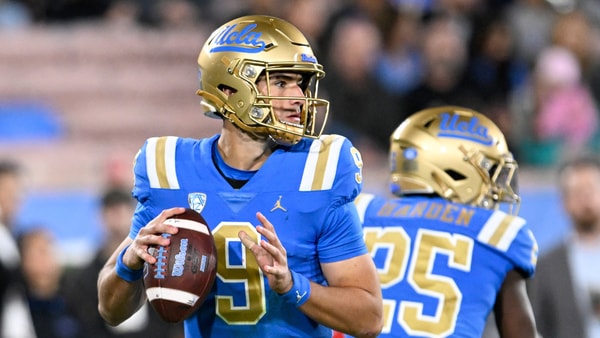
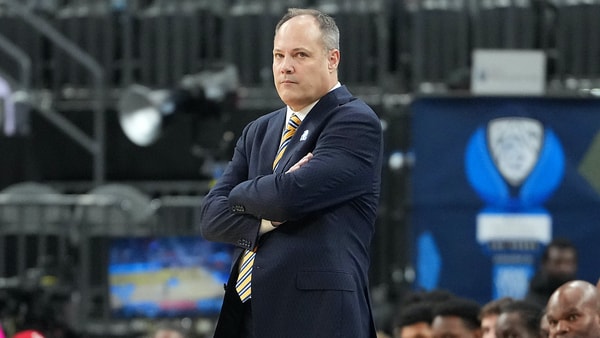
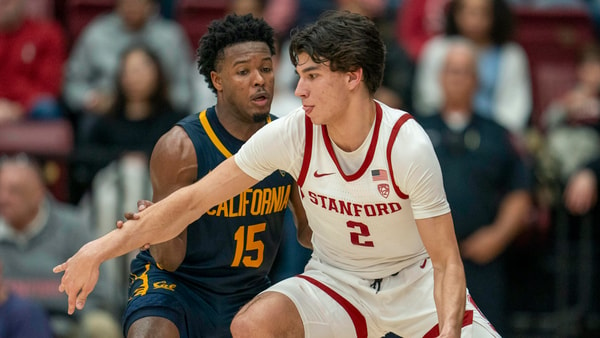
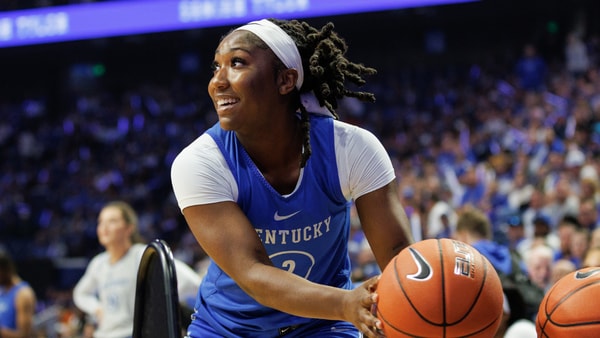
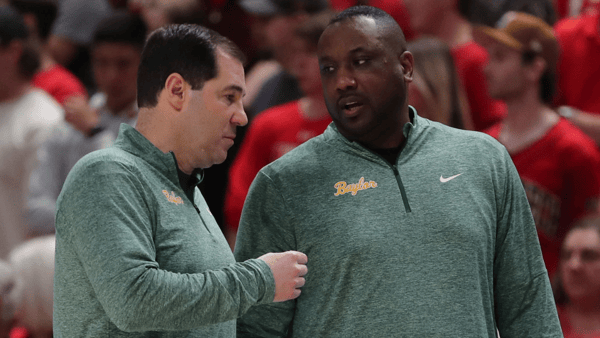
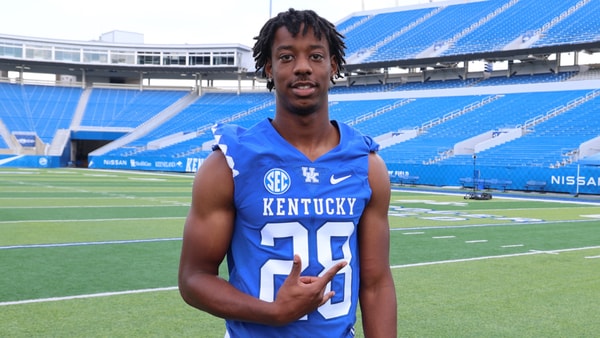
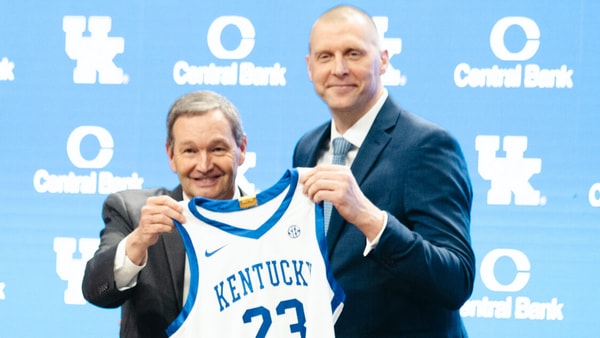

Discuss This Article
Comments have moved.
Join the conversation and talk about this article and all things Kentucky Sports in the new KSR Message Board.
KSBoard